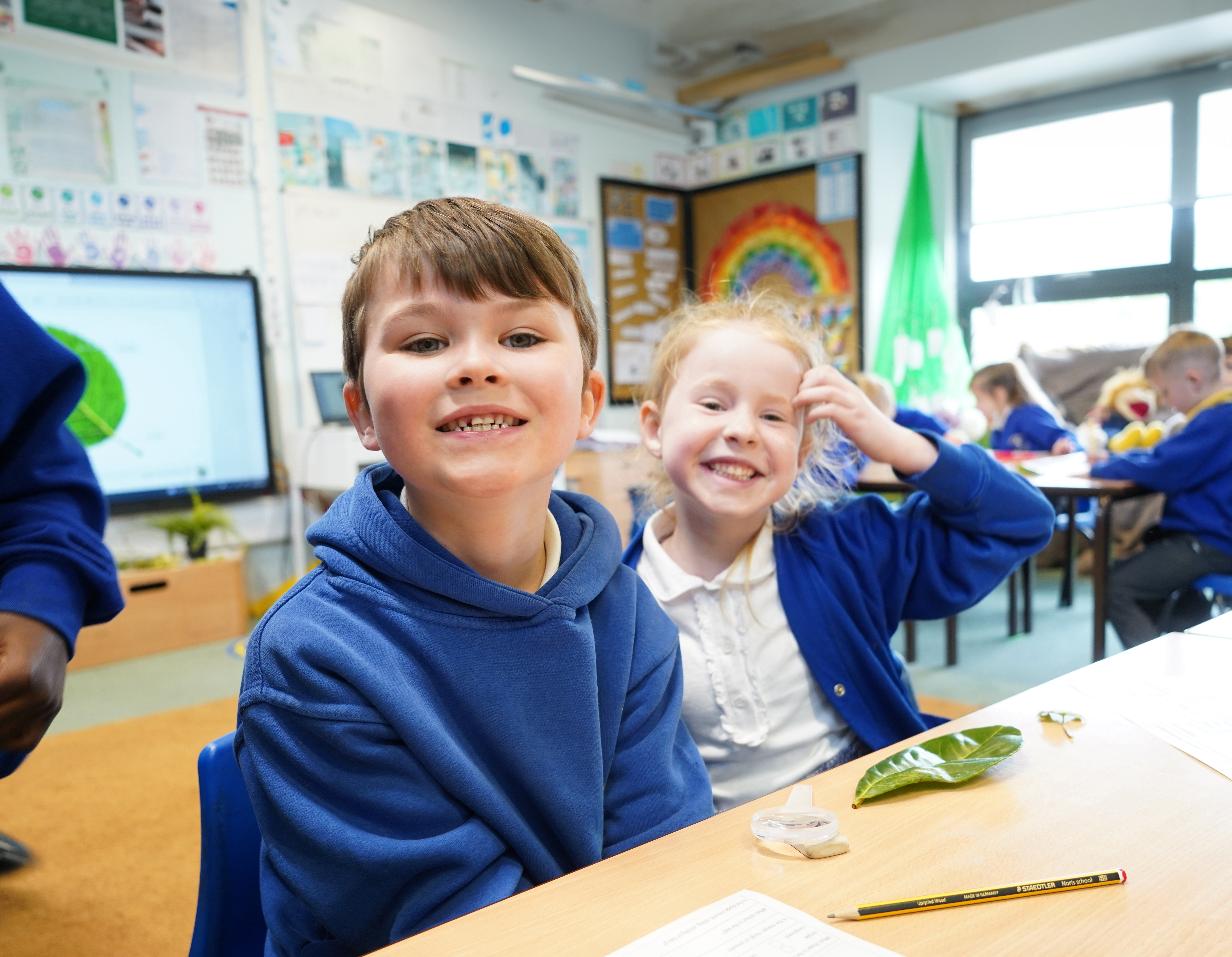Why do schools have mixed-age classes?
Primary schools have many different sizes and class structures, from large single-form entry with over 90 children in a year group to small schools that might only have one child in a year group. Smaller schools often have a mix of EYFS and KS1 children in the same class due to changing numbers. This mix of ages is among the most challenging, as teachers have two different curriculum models to follow, and it can be difficult to know which learning approach will give both groups of children relevant experiences.
Transition from EYFS to KS1
As children transition from Reception into Year 1, keeping similar provisions, pedagogy and learning experiences will support them in demonstrating their abilities as effective learners. Here are some of the ways this can be achieved.
Use the EYFS profile
Year 1 teachers can help children transition by building on the EYFS profile assessment completed at the end of the Reception year. This profile assessment is key for supporting teachers in planning the Year 1 curriculum. By using the profile, teachers with a mix of EYFS and KS1 children will be able to identify their strengths and areas for development and provide a smooth transition from the Early Years to Year 1.
Have a transferable pedagogy
Teachers are often concerned about how to approach learning for a mixed EYFS and KS1 class to ensure the children all have the learning experiences they need. Consider how to make aspects of your pedagogy transferable between the Early Years and Year 1. One method is to keep the enhanced and continuous provision in a mixed Reception/Year 1 classroom to provide familiarity and consistency for Reception children.
Whatever your pedagogical approach to learning, it is crucial to have a strong understanding of the curriculum expectations for both EYFS and KS1 and a good knowledge of all learners’ needs. There are many varied approaches to teaching children in the EYFS. You can read more on this topic in my blog series Teaching Approaches in the Early Years, which explores the complexity of Early Years teaching.
Make effective links
Links should be made across the two curriculum models by referring to the EYFS educational programmes and KS1 expectations in the national curriculum. Figure 1 shows an example of the links that can be made between a Year 1 project on plant parts and an EYFS project exploring seasonal changes using Development Matters and the national curriculum for England.
| EYFS expectation for the end of the Reception year in Understanding the World In science, KS1 children should be taught to: • Identify and name a variety of common wild and garden plants, including deciduous and evergreen trees. • Identify and describe the basic structure of a variety of common flowering plants, including trees. • Observe and describe how seeds and bulbs grow into mature plants. • Find out and describe how plants need water, light and a suitable temperature to grow and stay healthy. |
| Statutory framework for the early years foundation stage The Natural World ELG By the end of the Reception year, children should be able to: • Explore the natural world around them, making observations and drawing pictures of animals and plants. |
| Development Matters Age 3-4 programme for Understanding the World • Plant seeds and care for growing plants. • Understand the key features of the life cycle of a plant and an animal. • Begin to understand the need to respect and care for the natural environment and all living things. |
| Development Matters Reception programme for Understanding the World • Understanding the effect of changing seasons on the natural world around them. • Describe what they see, hear and feel whilst outside. • Explore the natural world around them. |
Planning a project for mixed EYFS and KS1 classes
Once you have outlined your transition methods, you can use your profile assessments and curriculum links to begin planning. Planning a seasonal project at the end of the spring term or the beginning of the summer term allows learning opportunities to be provided for both KS1 and EYFS children. The following steps explain how to plan a mixed-age project based on the curriculum expectations set out in Figure 1.
Step 1
Start by identifying the vocabulary the children need to be familiar with to access the learning. By sorting the vocabulary into tiers, you can decide which vocabulary to introduce to different groups of learners. Tier 1 vocabulary should contain the everyday nouns, verbs and adjectives the children will encounter in the project. Tier 2 vocabulary will include more ambitious words to broaden children’s vocabulary and Tier 3 vocabulary will include subject-specific words. The box below gives an example of this using a Year 1 project on plant parts.
| Tier 1 vocabulary | Plant, seed, flower, soil, sun, water, fruit, garden, leaf, tree |
| Tier 2 vocabulary | Petal, stem, root, bark, blossom, bud, bulb, meadow, season, spring, summer, autumn, winter, stalk, trunk, vein, woodland |
| Tier 3 vocabulary | Germinate, evergreen, deciduous |
Step 2
Next, select stories and non-fiction books that will support learning and plan a practical experience to provide context to engage the children. For example, stories such as Jack and the Beanstalk, Jasper’s Beanstalk by Mick Inkpen and The Extraordinary Gardener by Sam Boughton introduce the children to the theme of planting and growing seeds. A focused scavenger hunt in the school grounds or a walk in a woodland, park or garden will support children to explore seasonal changes and begin to identify and name plants and trees in the local environment.
Step 3
The final stage is to plan activities. As most scientific learning in KS1 should be done through practical experiences, this works well for all children. Creating a garden will allow the children to plant seeds and bulbs and watch them grow. There are plenty of investigations the children can take part in to explore what plants need to grow and survive, and the learning and expectations can be adapted to suit the needs of the children. Whilst Year 1 children participate in more formal learning tasks, Reception children can explore themes and revisit learning independently using good quality enhanced provision challenges. For example, you can resource an investigation station with photographs of the plants from the garden, hand lenses, seeds, plants, leaves, sticks and bark. The station can be used to encourage children to explore and discuss the natural resources and talk about their experiences. Offering the same natural resources in the creative area with various drawing, painting and collage resources will give children the opportunity to create transitional artwork and observational drawings and paintings.
By following these steps, you can plan mixed-age projects that consider the needs of all learners. Teaching can then be adapted to suit the needs of the children by adding an increased level of challenge or offering more opportunities for children to explore themes through enhanced provision.
Summary
Overall, effective mixed-age planning, pedagogy and practice begin by drawing together the national curriculum expectations for EYFS and KS1 with our knowledge of children’s learning needs. Making these links provides a strong foundation to start lesson planning
At Cornerstones, we have created lesson plans for mixed-age EYFS and KS1 classes to support teachers using our sequenced curriculum projects. We ensure the learning is based on the EYFS educational programmes laid out in the statutory framework, matching each of our KS1 projects with activities from our EYFS projects. Activities are carefully selected to enable progression for Reception children through each project over the year. The chosen activities build the foundations for learning and allow Reception children to follow their own Early Years curriculum model whilst preparing them for KS1 learning.

